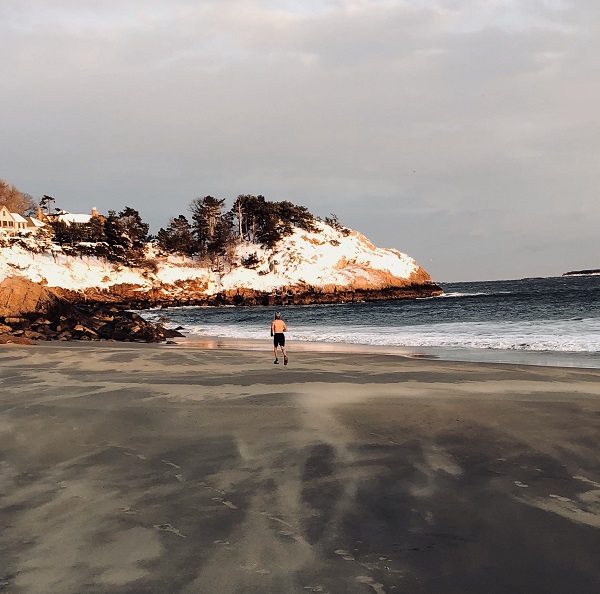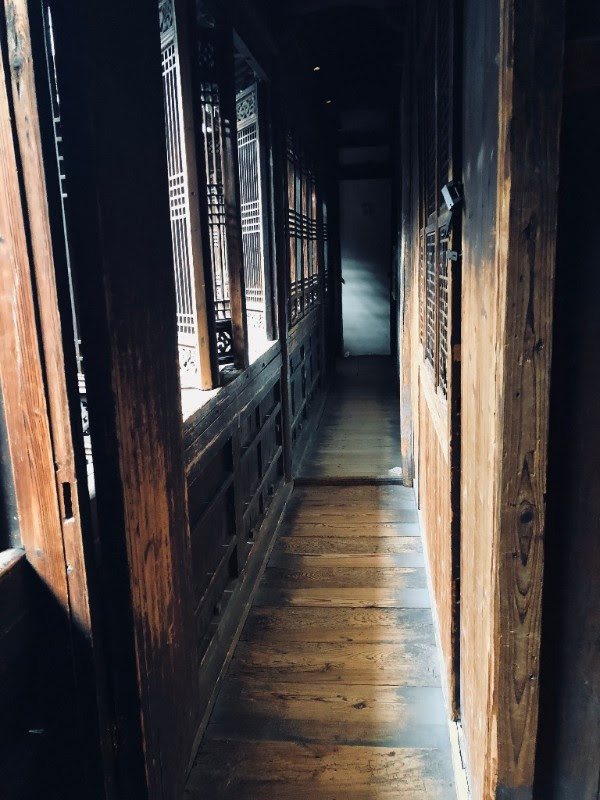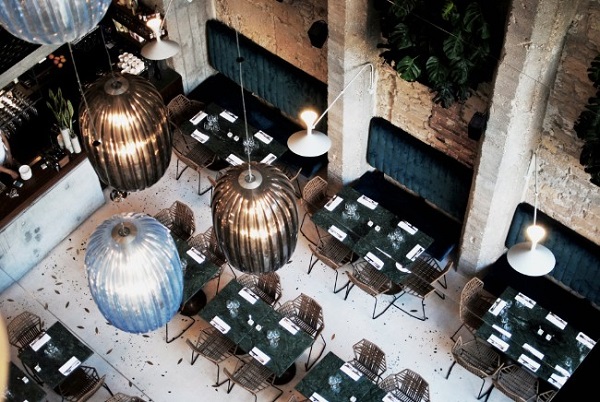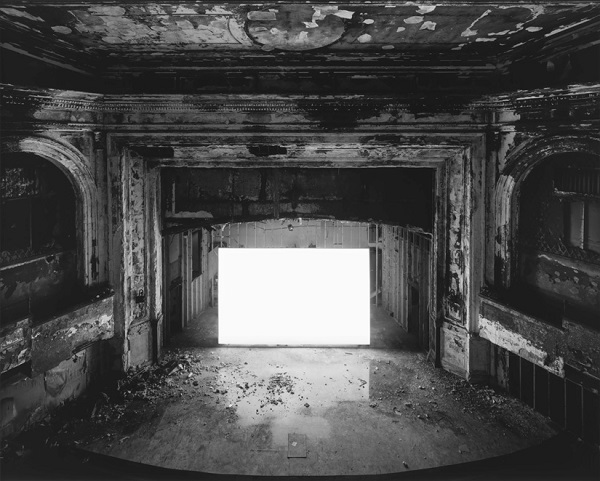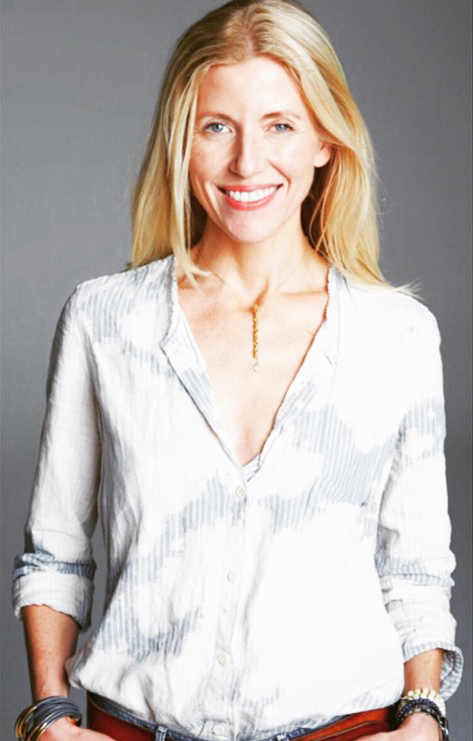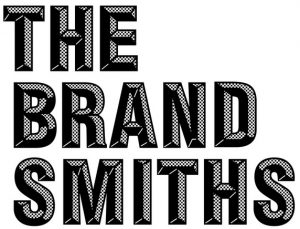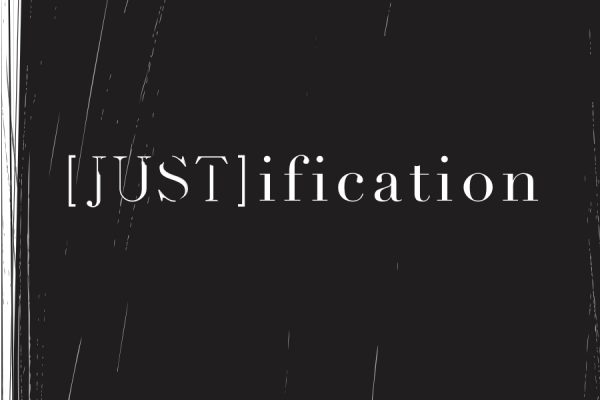
@smnyc
This typography took about 6 minutes. And 23 years.
We use it to imply “merely” when what we really mean is just the opposite.
“Can you just tweak this design?”
“Can you just re-write this page?”
“Can you just tell us what’s missing?”
Here’s how I see it. If you are the one doing the asking, then it’s not “just” something. It’s actually “the” something that is most important to you; it’s the one thing you want me/us/them to do fix/consult/improve… because it matters and because you want it done by someone who knows how best.
If you are the one being asked, you may recognize the dynamic and share this perspective. To “just” offer digital strategy, or “just” eyeball the numbers or “just” whip up the design is only possible because of hard-earned experience. In our world, “just” ignores the hours in the trenches it took to get here. This word also may also trigger the alarm bells of someone who wants to justify asking for lower fees or who expects a quicker turnaround. This could be true for an artist, instructor, writer, creative director, contractor, service provider- -or anyone who does something you can’t do, and who makes it look easy because it’s their 1,000th rodeo.
I’m not saying I don’t make this mistake on the regular — I forget or overlook the minimizing effects this can produce, too. But I try to stop myself from using “just” in front of a favor or project I need someone to do for me knowing the effect it can have on me. Assuming to know how long something really takes relies on guesswork. And even if I’m right and it takes them less than 10 minutes, the only reason that’s true is because they’re really good and very experienced at doing what they do.
Not trying to nitpick. But a little awareness to an oft-misguided presumption that shows up in what are otherwise earnest communications will hopefully allow more good deeds to be done. Language that implies appreciation for the importance of a service goes a lot farther than unwittingly minimizing (and thus diminishing) another person’s talent at it.
I have found that the best requests express the assumption that we actually have no idea what goes into making “it” happen for someone else…and our best shot and getting what we need is acknowledging that.
Just sayin’.
